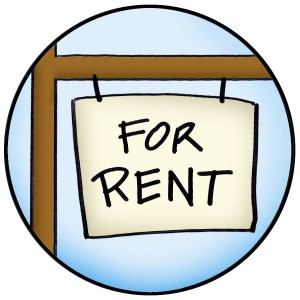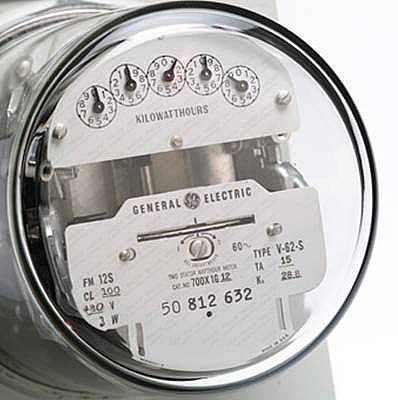Although it took a little longer than we anticipated, “Turn Your House Into a Rental House Instead of Selling It!” has finally popped out of the incubator and is available as a paperback book.
In a nutshell, what is this book about?
With my charming wife and business partner, Angy, as co-author, we have created a guide on how to find properties, live in them, and then turn them into a rental house, instead of selling them.
According to the “American Association of Realtors,” the average American purchases seven houses during their lifetime. Angy and I believe that those seven houses should be converted into rental houses and held for the rest of our lives. They are valuable assets that will generate monthly income for the hard years to come, and provide further assurance of long-term economic family security. Like the old folktale says: “Don’t kill the goose that lays the golden eggs.”
How does this book help the average Joe?
We show the average Joe where to find the best properties, how to pay for your houses, property inspection, the nitty-gritty steps on how to prepare your new rental house for tenants, how to attract and screen tenants, managing tenants, and complying with EPA regulations. The appendix includes samples of leases, property inspection sheets, tenant selection rating sheets, and many other valuable forms to get you started in your rental house business.
What do millionaires do that most people don’t do?
Go into politics?
Buy their own Starbucks?
Become a bearded recluse?
Well, those are some of the things they do, but according to Thomas Stanley, in The Millionaire Next Door, most American millionaires own their own houses, and they own at least one rental property.
Our perspective is, “If it works for millionaires, it ought to work for us too.”
Our hope is that this book will inspire you to buy a rental property and to receive the enormous benefits from that one bold action. Even if you buy just one rental property throughout the course of your entire life, your economic picture will almost immediately get better.
You may wonder, as we did, “Why didn’t we do this a long time ago?”
Where do we order this book?
Click here to order the book through Amazon.com.
—–
Recommended reading:
The Short and Sweet Guide to Target Retirement Funds at Fearless Men
Creating an Outsourcing Master Plan For Your Business at Louisville Gals
Top Sights In Australia For The Adventure Seeker at Untemplater
Is There Right Time to Buy Real Estate? at KrantCents
How To Easily Reduce Your Utility Costs | 5 Simple Steps FRugal Habits
How Big Should Your Emergency Fund Be? at Work Save Live
Working Towards A Debt Free Lifestyle In 8 Steps at Canadian Budget Binder
Help Me Spend $1100! at Eyes on the Dollar
How You Can Start Freelancing at the End of This Article at Modest Money









